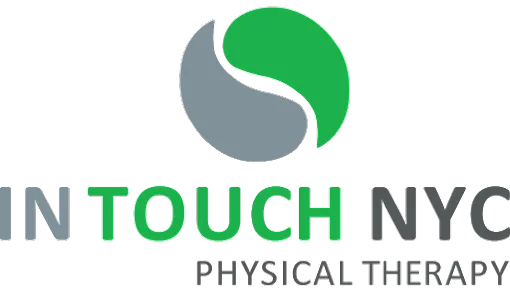Shoulder pain is the most common type of regional pain syndrome in the United States and it can have a significant effect on a person’s quality of life. There are several causes of shoulder pain, from overuse to chronic conditions, and it never goes away on its own no matter what let to it. Physical therapy has been proven to help eliminate shoulder pain, prevent further injury, and help people regain their mobility and strength over time. Let’s go over everything you need to know about shoulder pain and how to use physical therapy for maximum healing.

The causes of shoulder pain
The importance of understanding the cause of your shoulder pain cannot be overstated. When you know the catalyst of your shoulder pain, you’re in a much better position to treat the pain and address the underlying ailment so that the pain is managed for good. Here are some of the most common causes of shoulder pain:
- Rotator cuff injuries
- Tendonitis
- Bursitis
- Shoulder impingement
- Discolated shoulder
- Frozen shoulder
- Arthritis
- Fractures
- Tumors
Poor posture, sleeping in an awkward position, and rigorous repetitive movements can also lead to shoulder pain. It is essential that you consult with a doctor or qualified physical therapist to determine the exact cause of your shoulder pain so that your treatment is specific to your underlying condition.
Physical therapy techniques for shoulder pain

There’s no straightforward formula for addressing shoulder pain – each case is unique and people respond to different solutions in various ways. What’s important is that your physical therapist assesses you thoroughly and devises a plan of action that works for you. That said, the following techniques are some of the most effective physical therapy solutions for shoulder pain.
Range of motion (ROM) exercises
Maintaining and improving shoulder joint flexibility is crucial in managing shoulder pain. Range of motion exercises involve moving the shoulder joint through its full potential range of movements. For example, pendulum exercises, shoulder circles, and wall slides are effective in increasing shoulder flexibility.
Strength exercises
These exercises target the muscles surrounding the shoulder joint, including the rotator cuff muscles, deltoids, and scapular stabilizers. Examples of strengthening exercises include resistance band exercises, dumbbell or kettlebell exercises, and push-ups.
Posture correction
Poor posture can contribute to shoulder pain by placing excessive stress on the shoulder joint and surrounding muscles. Physical therapists can provide exercises and strategies to improve posture, such as scapular retraction exercises, stretching the chest muscles, and practicing proper alignment during daily activities.
Manual therapy
Manual therapy aims to improve joint mobility, decrease muscle tension, and enhance overall shoulder function through various techniques. These include joint mobilization, soft tissue massage, trigger point therapy, and myofascial release.
What else can you do for shoulder pain?

There are a handful of lifestyle habits you can adopt outside of physical therapy to help prevent, manage and eliminate shoulder pain. Start with regular exercise, good sleep habits, a nutrient-dense diet, weight management, and exercises that promote strength and flexibility (such as swimming and yoga).
You can also invest in ergonomic office furniture to ensure that your posture is proper and none of your joints are strained throughout the workday. Lastly, ensure you’re resting regularly to give your joints and muscles a chance to recover from exercise to stop you from overworking your shoulder.
Is your shoulder pain getting in the way of your daily life? In Touch NYC Physical Therapy can help you heal, bounce back stronger and prevent further shoulder pain in the future. Visit any of our locations in New York or call us at (917) 924-9026 to book an appointment.



